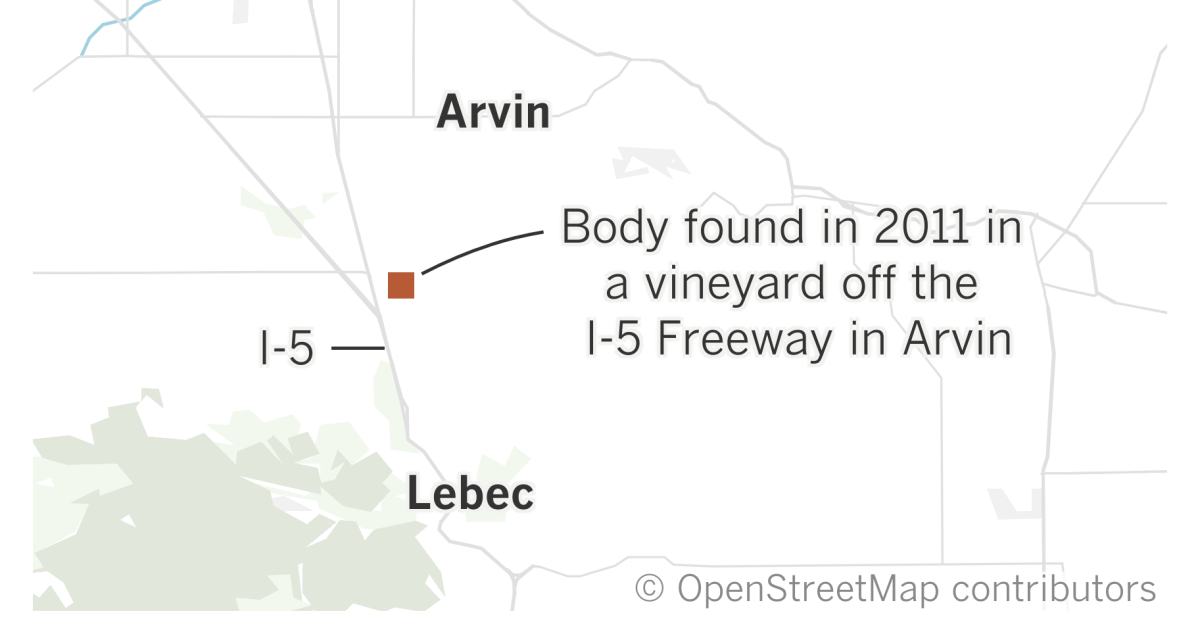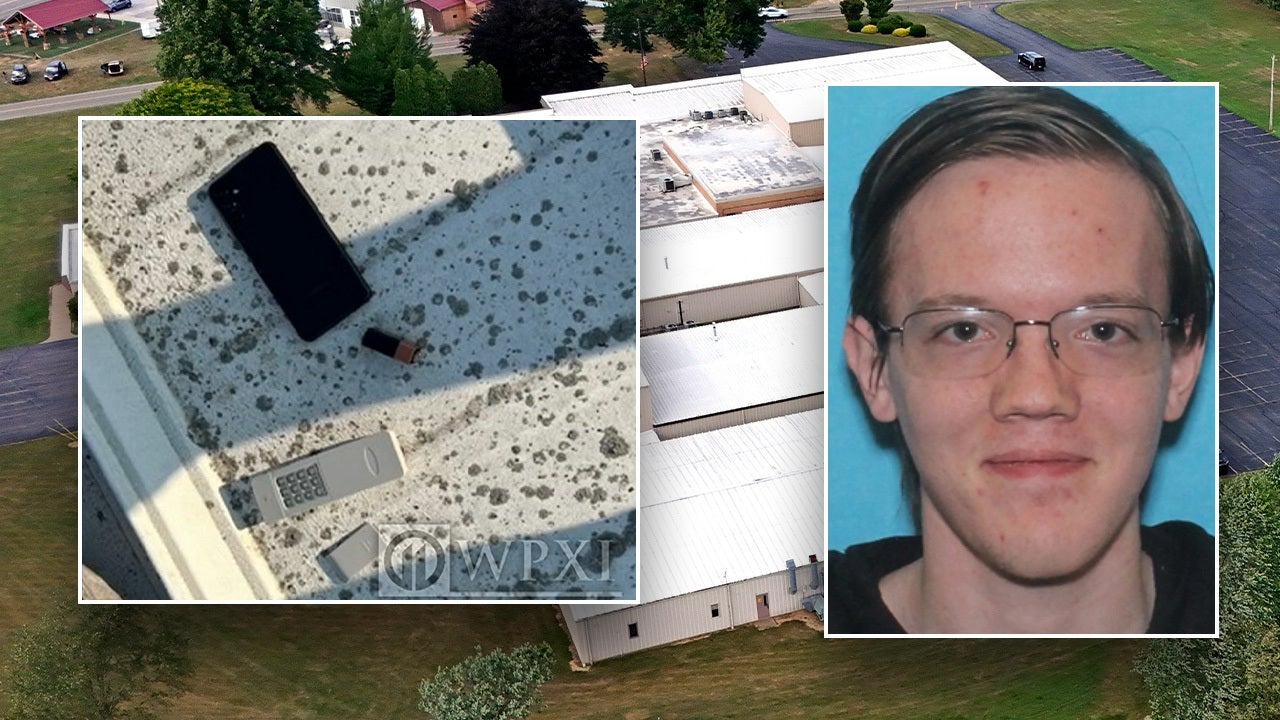The sight of the mutilated body of a small woman on a dirt road, naked and partially decomposed in a California vineyard in 2011, was disturbing enough to give nightmares to the detective who worked the scene.
They cut off his head. Also his thumbs. His body was drained of blood.
For more than a decade, one simple fact eluded researchers: who was she?
Now, nearly 13 years after she was found, authorities identified her as Ada Beth Kaplan, 64, of Canyon Country.
Kern County officials were able to solve the mystery with the help of the DNA Doe Project, a group that uses genetic genealogy research to identify homicide victims.
Kaplan’s body was discovered on March 29, 2011 in a vineyard off the I-5 freeway in Arvin, California. “The crime scene itself was very clean. “Honestly, it looked like someone took a mannequin, took off its head, and placed it on the dirt road,” Ray Pruitt, a former member of the Kern County Sheriff’s Department who was haunted, said in an interview with KGET. for the murder. .
Pruitt also said the body was placed in what he called a “sexual manner.”
For more than a decade, investigators struggled to identify the remains. There were two missing person reports from other counties that investigators investigated, but they were ruled out by DNA, according to the Kern County Sheriff’s Office.
The case was frozen until 2020, when the Kern County Coroner’s Office partnered with the DNA Doe Project to try to identify the woman using DNA and genetic genealogy research.
Investigative genetic genealogy is the use of DNA databases, as well as traditional forms of genealogical research, such as census records and newspaper articles, to identify people.
The group of volunteer genealogists created a DNA profile for the unidentified homicide victim and were able to identify distant cousins.
That simply began his work.
Because the cousins were so distant and had such common names, researchers had to build huge family trees to find common ancestors with their Jane Doe. They had to go back eight generations in their attempt to identify the woman. They even had to track down genealogical records from Eastern Europe to aid their research.
“Our team worked long and hard for this identification,” said Missy Koski, leader of the research team. “Ashkenazi Jewish ancestry is often complicated to unravel. “When we hired an expert in Jewish records and genealogy, that made a big difference.”
Finally, after more than three years working on the case, investigators were able to identify the woman as Kaplan, whose Canyon Country hometown is about 80 miles from where her body was discovered.
Interestingly, when the Kern County Sheriff’s Office spoke with Kaplan’s family while attempting to identify her, they were informed that no missing person report had ever been filed.
The sheriff’s office offered no explanation for why no report was filed.












